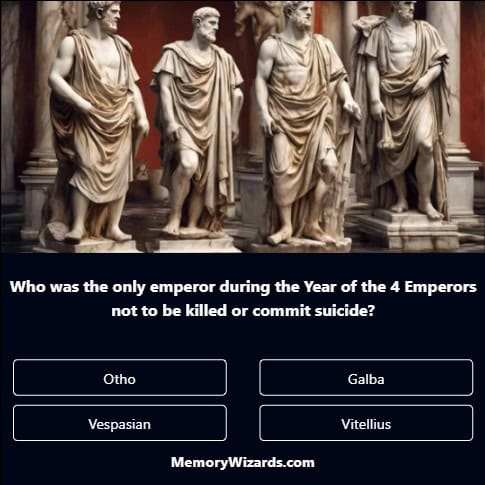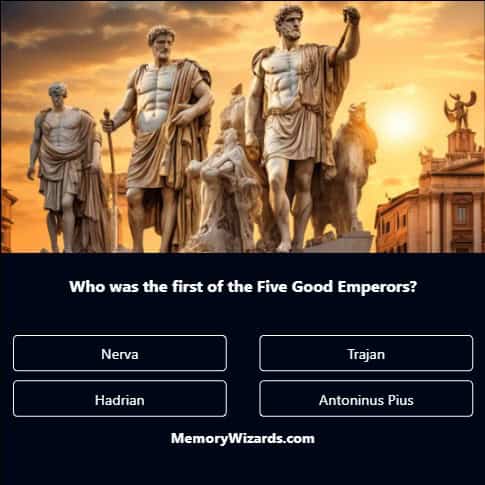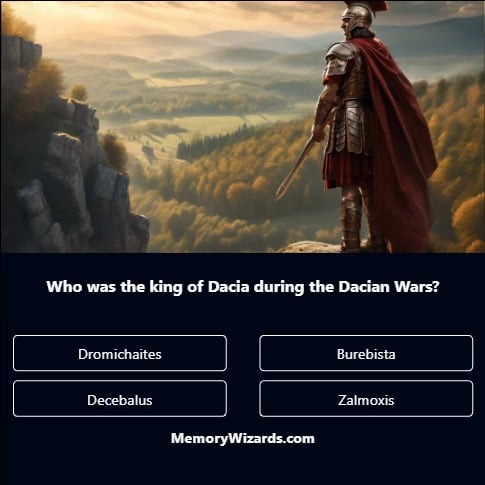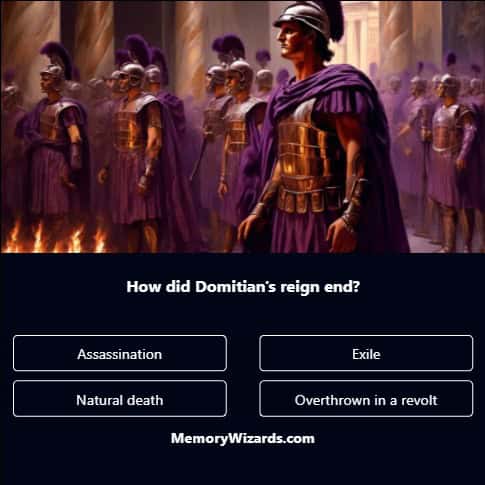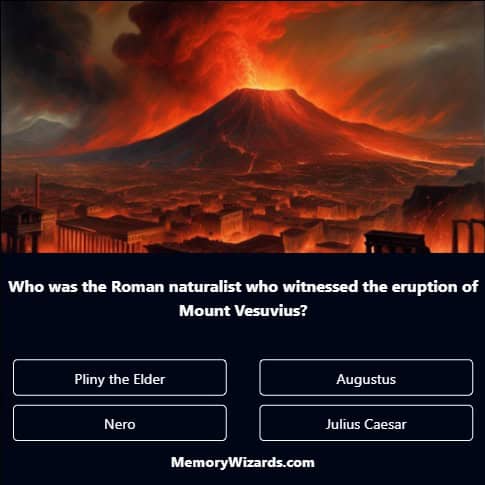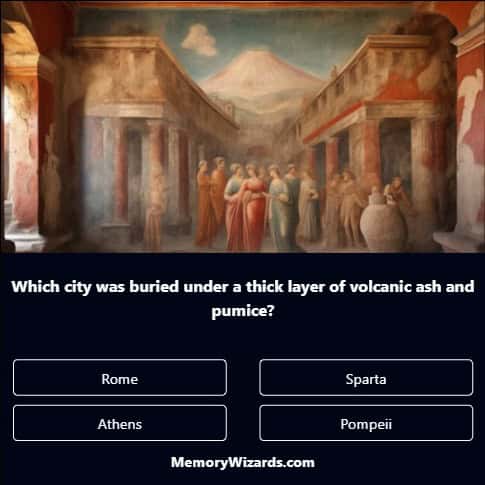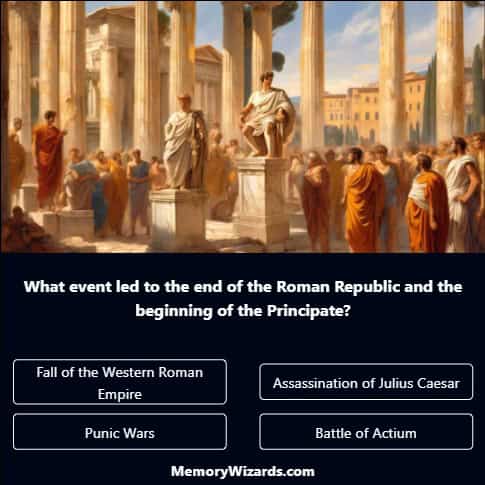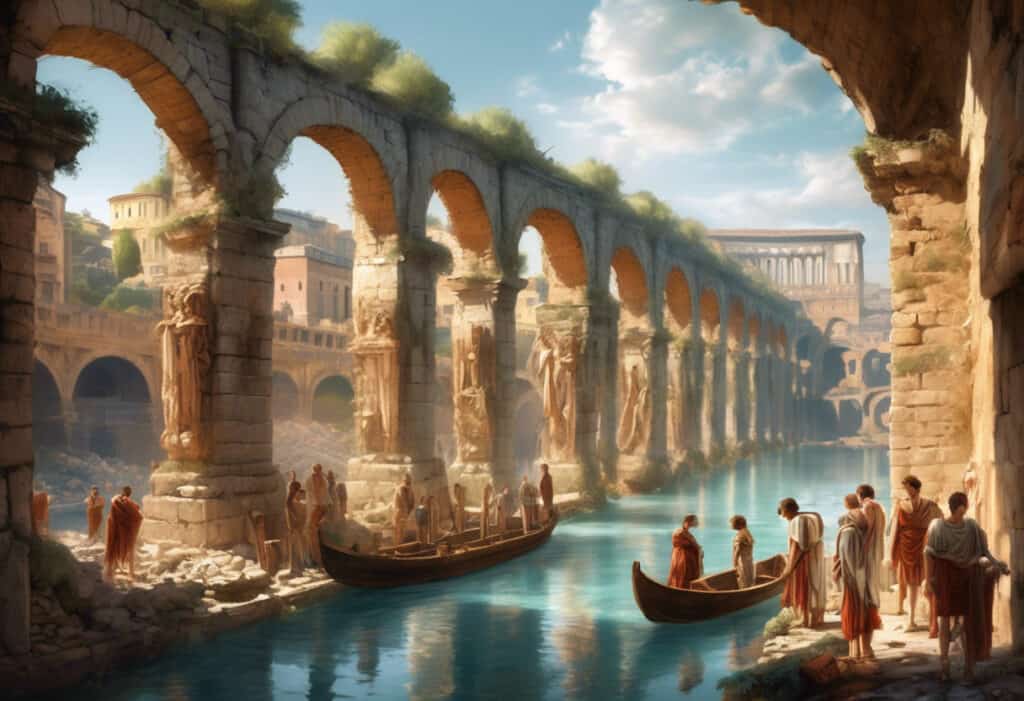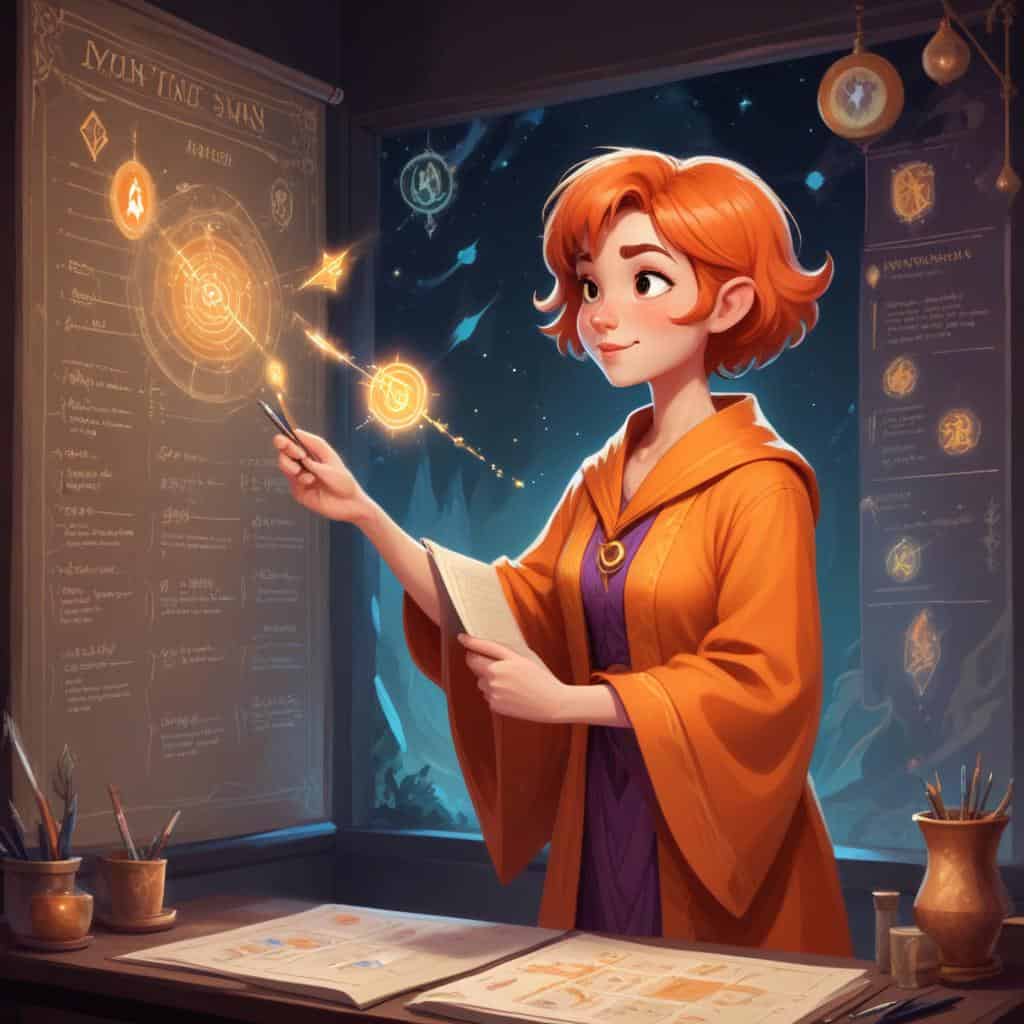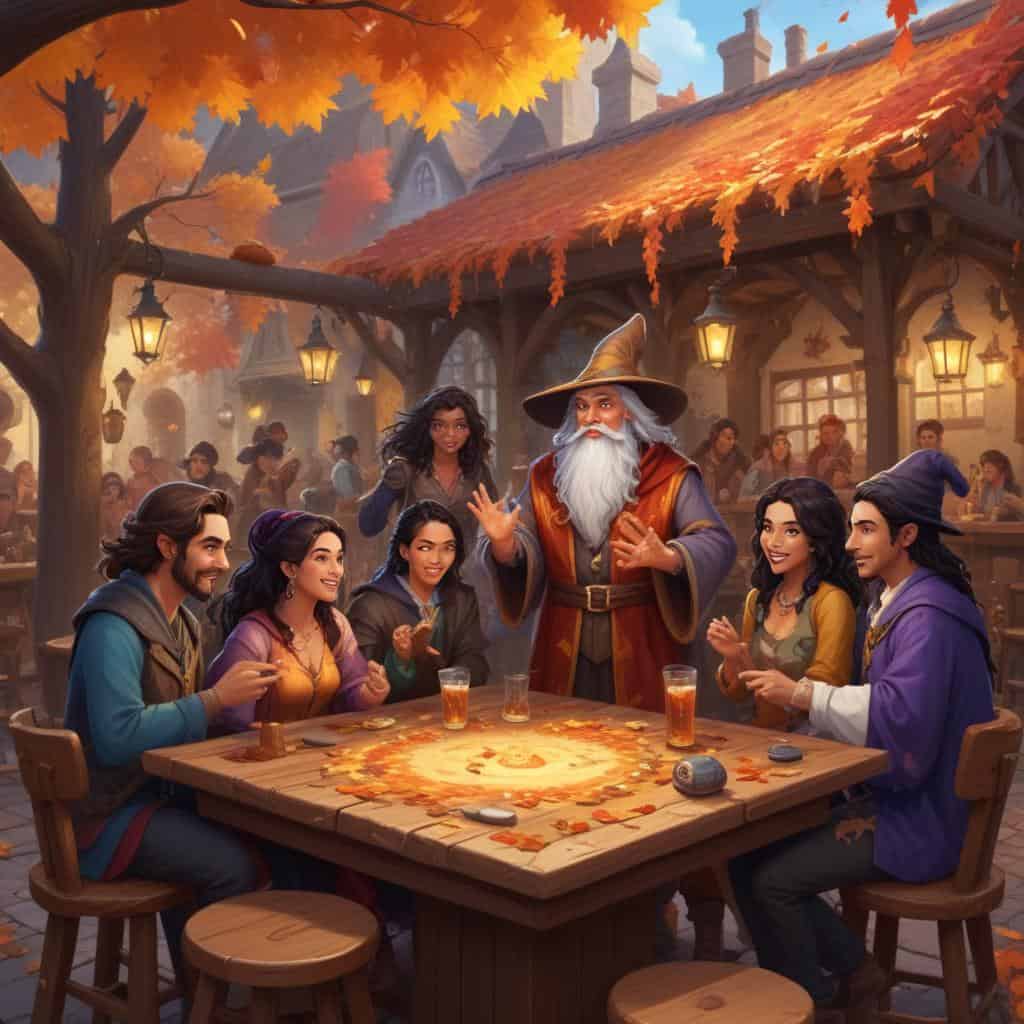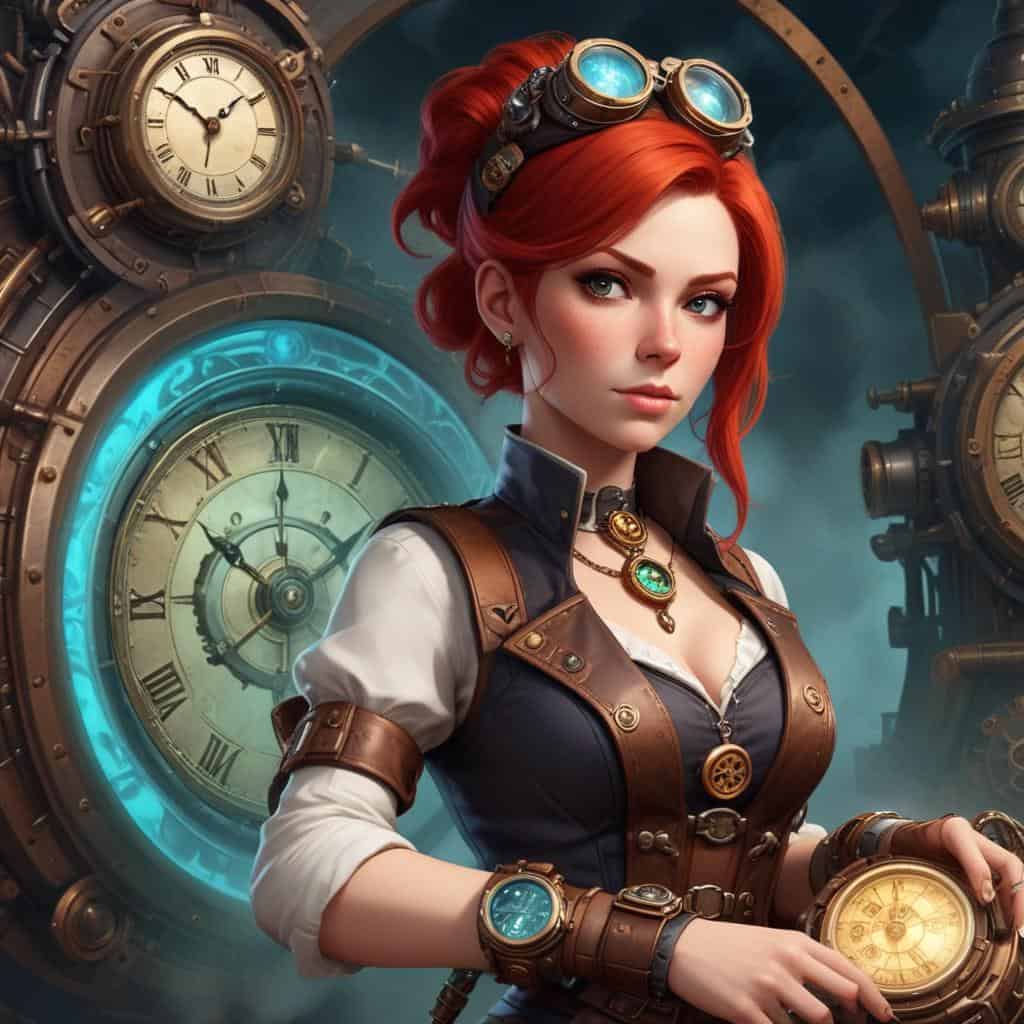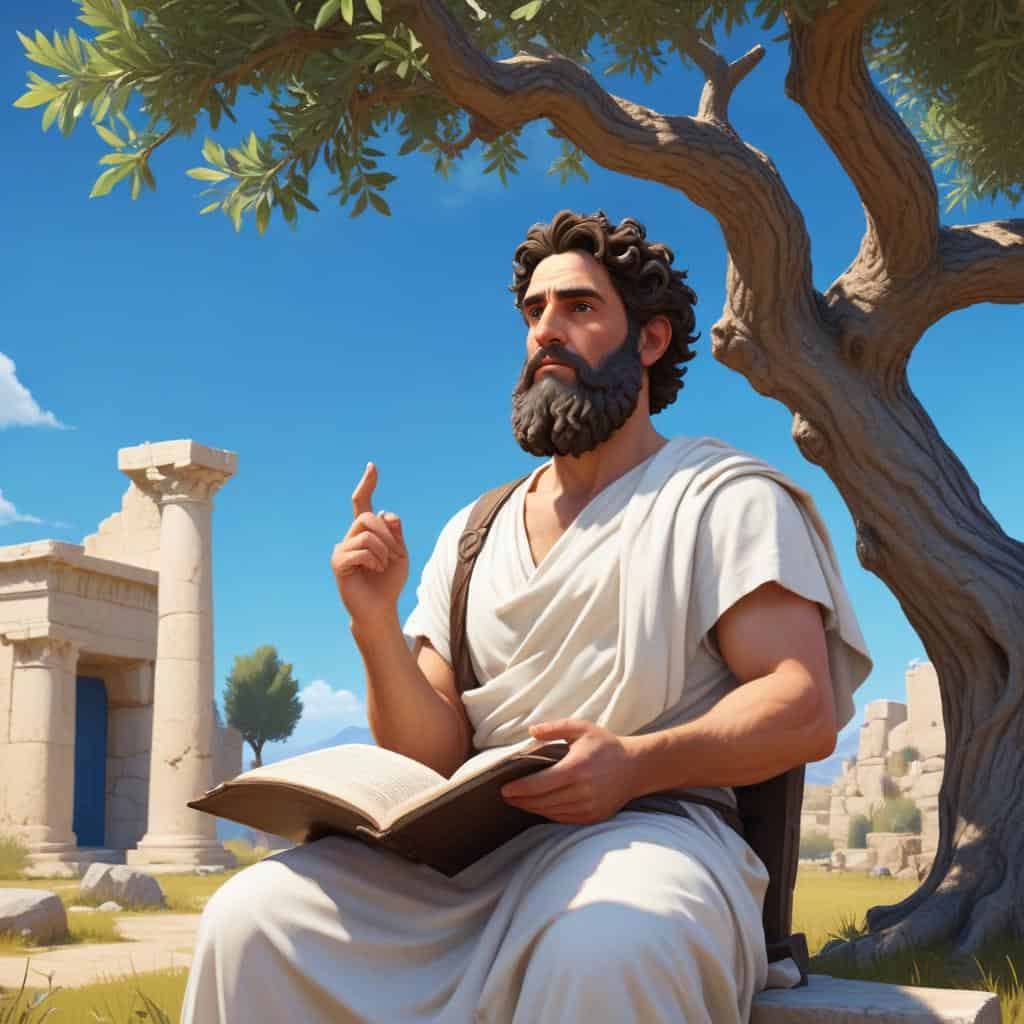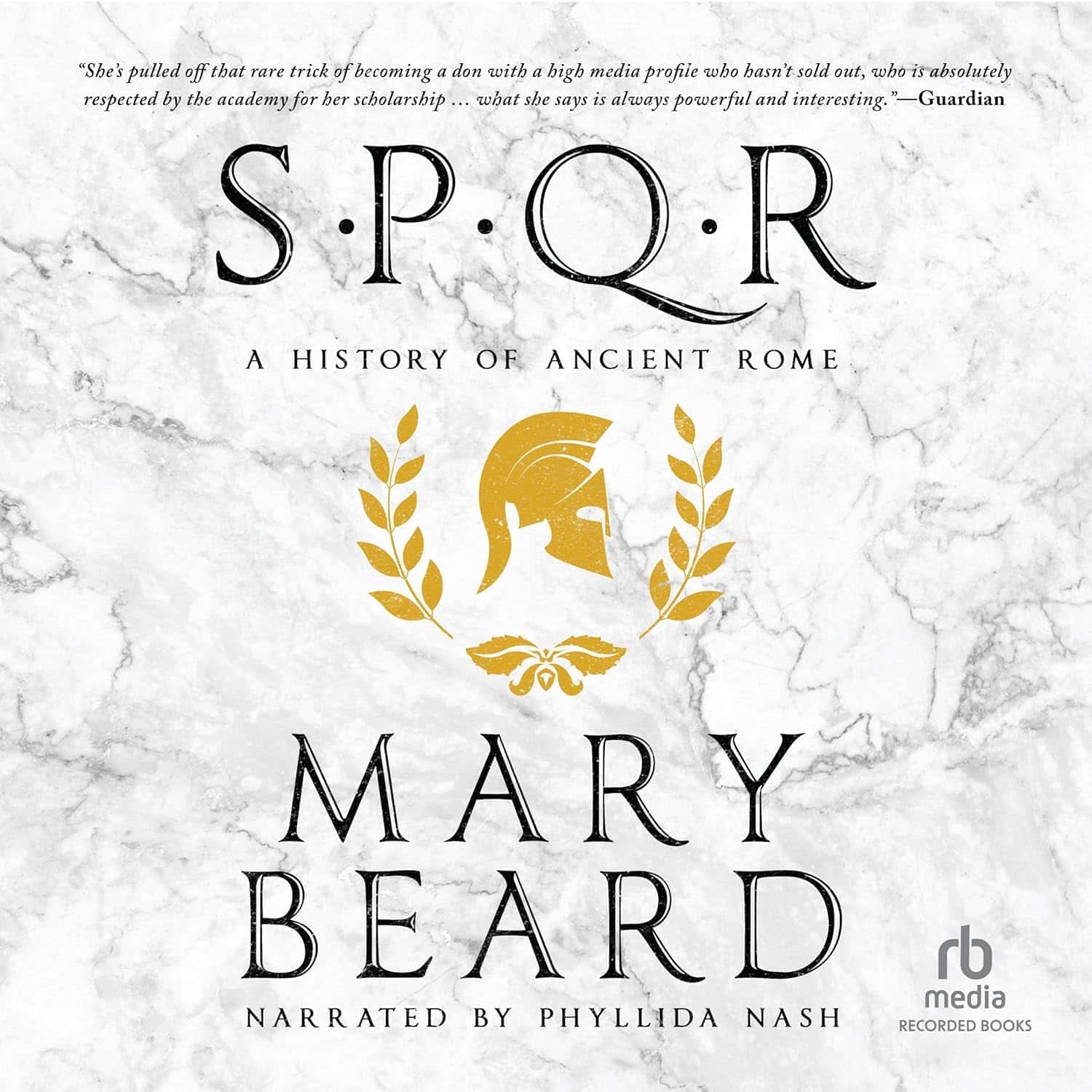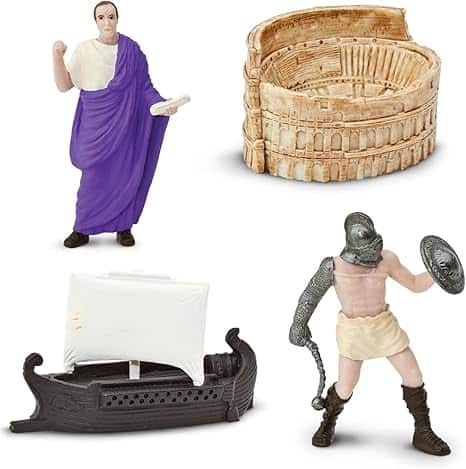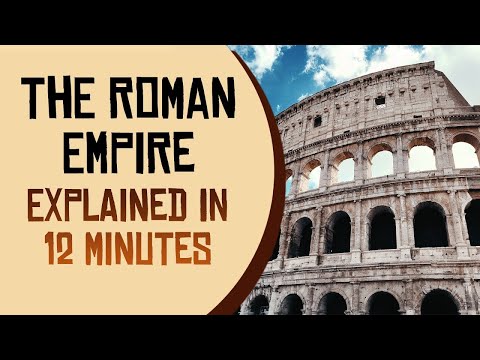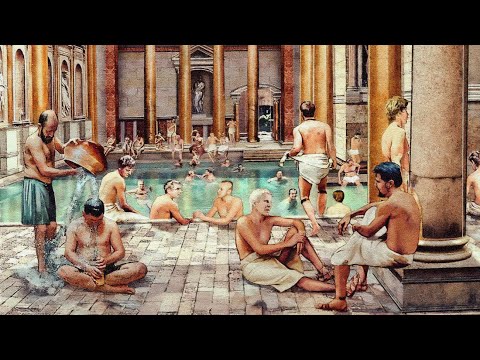The Early Roman Empire (27 BC - 96 AD) was a period of significant growth and expansion for the Roman Republic. During this time, Rome transitioned from a republic to an empire under the rule of emperors. The Early Roman Empire saw the rise of emperors such as Augustus, Tiberius, and Nero, who played crucial roles in shaping the empire's political and social structure. This period also witnessed the expansion of the Roman Empire through military conquests and the establishment of a centralized government. The Early Roman Empire laid the foundation for the later success and influence of the Roman Empire in the ancient world.
Summary List
- Rome was ruled by emperors during this time period.
- Augustus was the first emperor of Rome, ruling from 27 BC to 14 AD.
- The Early Roman Empire saw the Pax Romana, a time of relative peace and stability.
- The empire expanded its territory, reaching its greatest extent under Emperor Trajan.
- The Early Roman Empire saw the rise of Christianity, which would eventually become the dominant religion in the empire.
Games and Apps
Learning Modules
Daily Life in 1st century Rome
Step back in time and experience daily life in 1st century Rome. Follow the bustling streets filled with merchants, politicians, and gladiators. Explore the lavish villas of the elite and witness the grandeur of the Colosseum. Immerse yourself in the culture, politics, and entertainment of ancient Rome.
I Want To Learn This!Gladiators in the Roman Empire
Step into the brutal and thrilling world of gladiators in the Roman Empire. Witness the fierce battles in the arena as these warriors fight for glory, honor, and their very lives. Learn about the training, weapons, and tactics used by these skilled fighters as they face off against each other and wild beasts. Experience the excitement and danger of the ancient Roman games with Gladiators in the Roman Empire.
I Want To Learn This!Formation of the Principate (27 BC)
Formation of the Principate in 27 BC marked the beginning of a new era in Roman history. With the establishment of Augustus as the first Roman emperor, a new system of government emerged, blending elements of republicanism with autocracy. This period laid the foundation for the Roman Empire's long-lasting influence.
I Want To Learn This!Construction of the Aqua Virgo (19 BC)
In 19 BC, the construction of the Aqua Virgo aqueduct in ancient Rome revolutionized the city's water supply system. Spanning over 20 kilometers, this engineering marvel brought fresh water from natural springs to the heart of the city, providing a lifeline for its residents and shaping the future of Rome.
I Want To Learn This!The Pax Romana (27 BC - 180 AD)
The Pax Romana, also known as the Roman Peace, was a period of relative stability and prosperity in the Roman Empire from 27 BC to 180 AD. Under the rule of emperors like Augustus and Marcus Aurelius, the empire experienced a time of peace, economic growth, and cultural flourishing.
I Want To Learn This!Pompeii and Herculaneum destroyed by Vesuvius (79 AD)
In 79 AD, the ancient Roman cities of Pompeii and Herculaneum were tragically engulfed by the eruption of Mount Vesuvius. Frozen in time, these well-preserved ruins offer a glimpse into daily life in the Roman Empire before the catastrophic event that forever changed their fates.
I Want To Learn This!The Year of the 4 Emperors
The Year of the Four Emperors was a tumultuous period in Ancient Rome, marked by political intrigue, betrayal, and civil war. Four different emperors rose and fell within the span of just one year, each vying for power and control over the empire. It was a time of chaos and uncertainty, where loyalty and ambition clashed in a deadly struggle for supremacy.
I Want To Learn This!The Accession of Vespasian (69 AD)
In the chaotic aftermath of Emperor Nero's downfall, the Roman Empire faces uncertainty and power struggles. Vespasian, a seasoned general, rises to claim the throne in a bid to restore stability. But as he navigates treacherous political waters, he must overcome betrayal and opposition to secure his place as Rome's new leader.
I Want To Learn This!The Siege of Jerusalem (70 AD)
In 70 AD, the Roman army surrounded the city of Jerusalem, laying siege to its walls in a brutal campaign to crush the Jewish rebellion. The ensuing battle and destruction of the city would mark the end of the Second Temple and change the course of history forever.
I Want To Learn This!The eruption of Mount Vesuvius (79 AD)
The eruption of Mount Vesuvius in 79 AD was a catastrophic event that buried the ancient Roman cities of Pompeii and Herculaneum under layers of ash and pumice. The sudden and violent eruption left a hauntingly preserved snapshot of daily life in the Roman Empire, frozen in time for centuries.
I Want To Learn This!The Fire of Rome (80 AD)
In the year 80 AD, Rome was engulfed in flames, leaving the city in ruins. The fire, believed to have been started by Emperor Nero, sparked a chain of events that would forever change the course of history. Follow the gripping tale of destruction and betrayal in The Fire of Rome.
I Want To Learn This!The Reign of Domitian (81-96 AD)
The Reign of Domitian was marked by his autocratic rule, oppressive policies, and persecution of Christians. Despite some successful military campaigns and building projects, his reign was marred by paranoia, cruelty, and a growing sense of tyranny. Domitian's eventual assassination ended his reign and brought an end to his oppressive rule.
I Want To Learn This!The Dacian Wars (85-88 AD)
The Dacian Wars were a series of brutal conflicts between the Roman Empire and the Dacian Kingdom in modern-day Romania. Led by Emperor Trajan, the Romans fought to conquer Dacia and secure valuable resources. The wars culminated in the Roman victory and the annexation of Dacia into the empire.
I Want To Learn This!Five Good Emperors (96 AD - 180 AD)
The Five Good Emperors, a period in Roman history from 96 AD to 180 AD, marked a time of stability and prosperity under the rule of Nerva, Trajan, Hadrian, Antoninus Pius, and Marcus Aurelius. These emperors were known for their wise leadership, military prowess, and dedication to the welfare of the Roman people.
I Want To Learn This!Slavery in Ancient Rome
Slavery in Ancient Rome was a pervasive and essential part of society, with slaves performing a wide range of tasks from household chores to skilled labor. The treatment of slaves varied greatly, from harsh conditions in mines to more privileged roles as tutors or secretaries.
I Want To Learn This!
Learning Resources
Related Products
*This page contains affiliate links. If you purchase a product through one of them, I will receive a commission (at no additional cost to you). I only ever endorse products that I feel are truly helpful to you in your honourable quest to learn and grow.
By the way, the Robert Harris Book Pompeii is really excellent!
Related Videos
Quiz Answers
